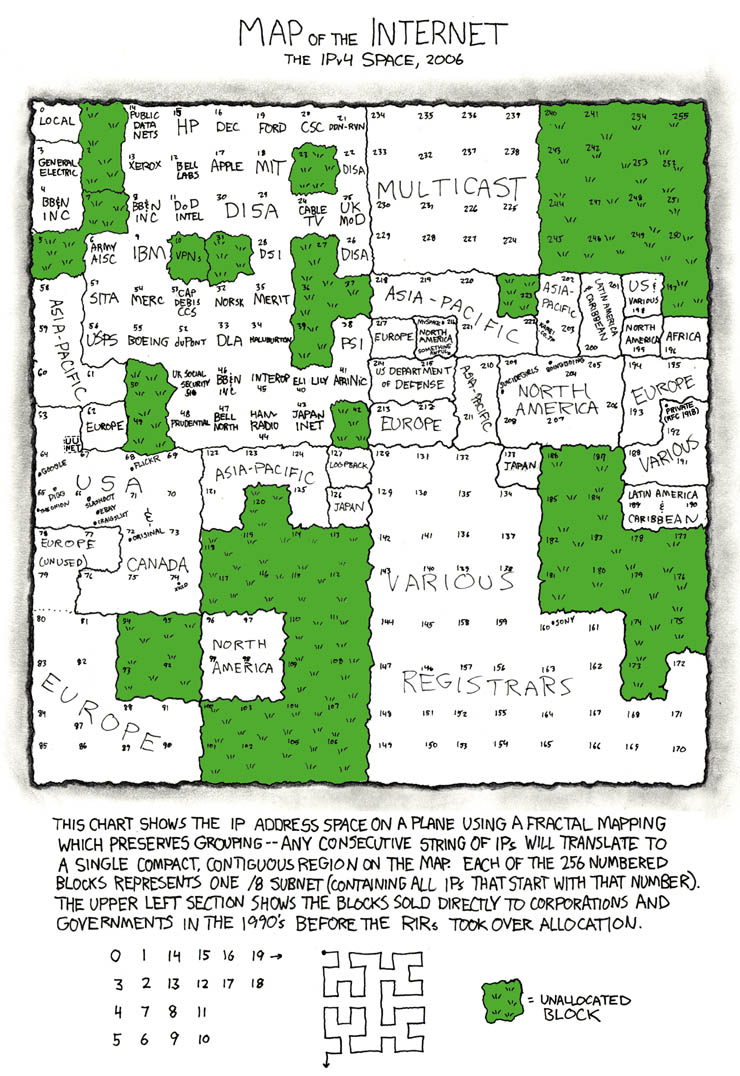The Bee Kit
Meghan Kokoski, Nina Lutz, Nikki Waghani
The data says that the bee population is on the decline and this has a larger effect than just the cost of honey. We wanted to tell this story because many people are aware that the bee population is declining, but they lack the “so what”, and can be unsure of how to help the situation. According to FOX news, “The honey bee contributes to a third of the country’s food supply”. This comes mainly in the forms of fresh fruits and vegetables.
For our data visualization, we used the historical bee data to create a simple, yet powerful map. The map displays outlines of the states which currently (2017) have 60% or more of their pre-crisis populations. Based on research we determined the bees were at healthy rate in 1990, thus we used the historical data from 1990 to calculate the population differences.
We envision our map being the attention grabbing sign for an activist group at a farmer’s market. The data visualization will have a titled overlaid asking “Is your state on this map?” This will intrigue shoppers at the farmer’s market to come to the booth. At the booth bee care packages will be handed out. Included in these packages are items that can help individuals do their part to improve the bee population. There will be seeds, bee-friendly local honey, a water basin, and information on how to take further measures.


We believe the farmer’s market will be an effective place for our visualizations because the audience, farmer’s market shoppers, are primed to care about the bee crisis. Without bees to pollinate produce, the fresh fruits and vegetables found at a farmer’s market would cease to exist.
Shopper that were aware of the bee crisis would welcome the bee kit and further information on how to help. Though, if shoppers were unaware of the importance of bees, they will be drawn in by the visualization and learn about the connection. They will have an interest, because as farmer’s market shoppers, they already enjoy the benefits of bees.



















